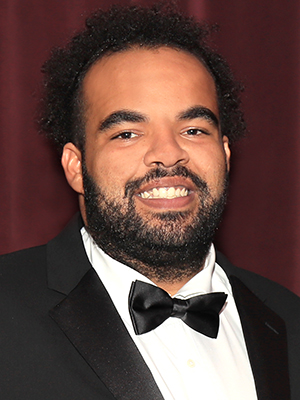
Ask any association executives, and they’ll tell you membership engagement is always a challenge.
In an increasingly busy era, it’s hard enough to have people attend conferences, as I wrote about last fall. Having people make the commitment to become members — and pay for it — is another challenge for an industry fighting over every dollar.
That’s why I was interested in the National Association of Health Care Assistants changing its membership structure this month, which executives said was based on certified nursing assistants saying they couldn’t afford to join. Previously, there were three levels of membership: $120 for premier membership, $60 for standard and $25 for students.
Putting aside the need for deep substantial investment in employees, part of me feels that providers who balked at paying $60 a year for a CNA to join NAHCA have bigger problems if they’re pleading poverty over that fee. But the new charge — a $30 flat rate effective Feb. 1 — has proven more palatable to providers, according to Director of Member Services Drake Taylor.
“We definitely have had a larger number of centers calling and asking for this membership structure,” he said.

In the first half of February, NAHCA has seen 25 people sign up, including four of them yesterday alone. That’s double the number from last month, said Chief Operating Officer Matt Cantrell. The organization is shooting for 10,000 new members in 2019 — an ambitious goal, to be sure, but one that all parties feel is doable, given that there are around 1.5 million CNA jobs available in the United States.
Cantrell and Taylor agree with me that, in an ideal world, sponsorship for CNAs would come from their facilities. But the organization specifically dropped its pricing to entice individuals.
“I would be willing to bet if we had this conversation in a year it’s the individual memberships of CNAs that will be much greater,” Cantrell said.
NAHCA also rebranded earlier this year, and, as it moves through its third decade, it is looking to see what its future is in the industry. Part of its goal is to use technology to encourage people to enter the CNA profession, with initiatives such as its CNA-TV, with the most recent show discussing the new pricing.

“CNA-TV has been around a little bit over a year and has definitely evolved,” Taylor said. “We want to touch more people and definitely have faith it will continue to grow.”
The takeaway from all of this, I hope, is that providers see NAHCA as a partner worthy of investing in for CNA memberships. It’s true that there’s stiff competition for finding good workers willing to work incredibly physically demanding jobs for little wages. But we also know that many CNAs are suffering from poor managers and difficult residents. If you are an executive with units that have a high turnover rate, beware: The call may be coming from inside the house.
Second, NAHCA’s new membership structure is a good example of how we can sometimes dramatically change the way we budget, or even change our philosophies. Sometimes we have to blow up our assumptions in order to move forward, and sometimes we have to literally take people at their word when they list their barriers to entry.
In the case of the second point, NAHCA leaders commendably listened when CNAs said they couldn’t afford to join, and acted accordingly.
Follow Senior Editor Elizabeth Newman @TigerELN.



